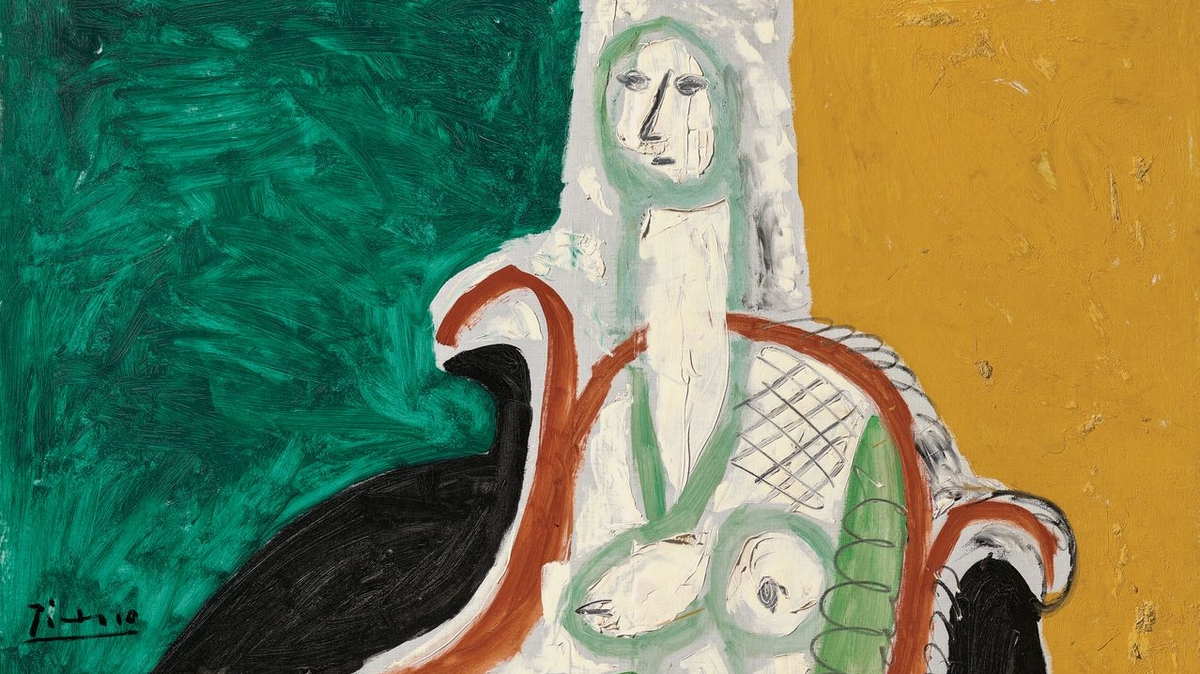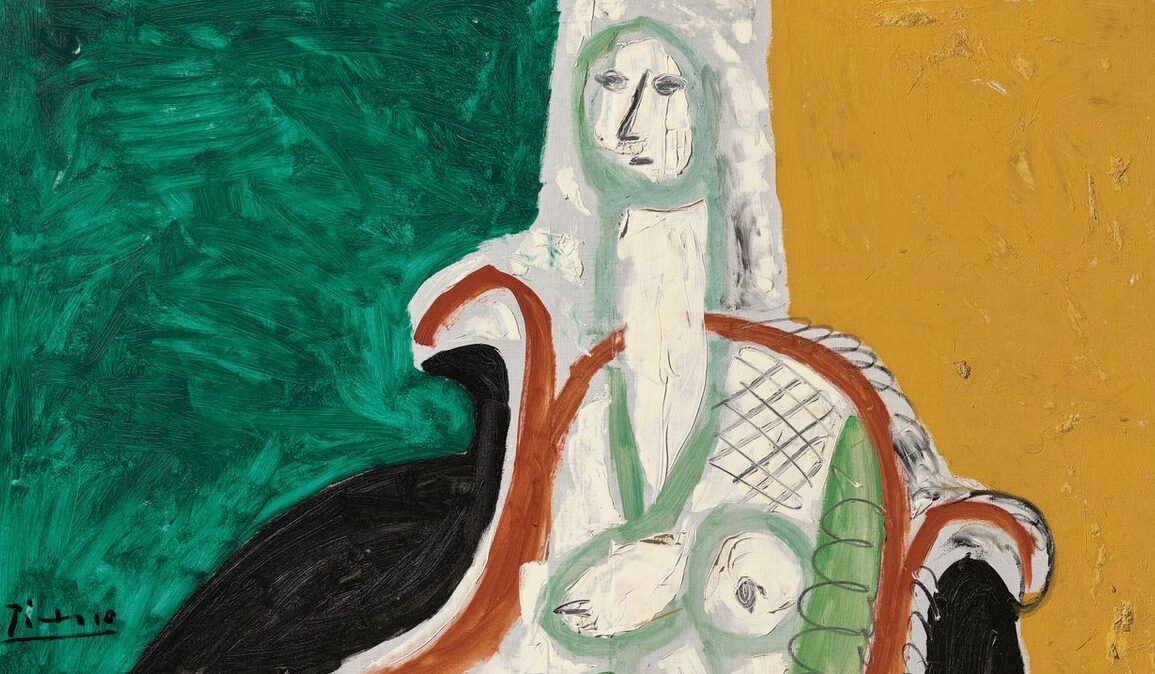Art Market Slump: A Temporary Setback or Prolonged Slump?

The art world is witnessing a significant change in climate as the once booming market shows signs of slowing down. The annual results from Christie’s paint a stark picture with a marked reduction in sales as compared to previous years. However, the resilience of the market in the face of challenges such as wars and inflation is commendable, with no major failures.
Notable Sales and Market Trends
In 2022, the art market soared to unprecedented heights with the sale of Paul Allen’s collection for $1.6 billion, a historic high that bolstered Christie’s results. Nonetheless, 2023 has unfolded differently with a downward trend. Sotheby’s managed to sell Emily Fisher Landau’s collection for $406.4 million, just a tad over the lower estimate, with 25 of the 31 works being guaranteed by a third party. The star of the collection, Pablo Picasso’s 1932 painting ‘Femme à la montre,’ fetched a whopping $139 million, making it the most valuable work of art sold globally at an auction this year.
Emerging Trends and Industry Shifts
Despite the slowdown, the industry has seen some interesting trends. There has been an increased focus on sustainability, with the Gallery Climate Coalition’s membership growing significantly. In addition, contemporary art, along with works by women artists and ethnic minorities, continues to find appreciation and garner higher prices at auctions.
Fair Sector Consolidation and the Waning NFT Hype
The fair sector is experiencing consolidation with major acquisitions such as Frieze’s expansion into Asia, and the purchase of American fairs like The Armory Show and Expo Chicago. On the other hand, the once hyped NFTs in the art world have seen their popularity wane, leaving many to question if the current market downturn is a temporary setback or indicative of a more prolonged slump.
This post was originally published on this site be sure to check out more of their content






